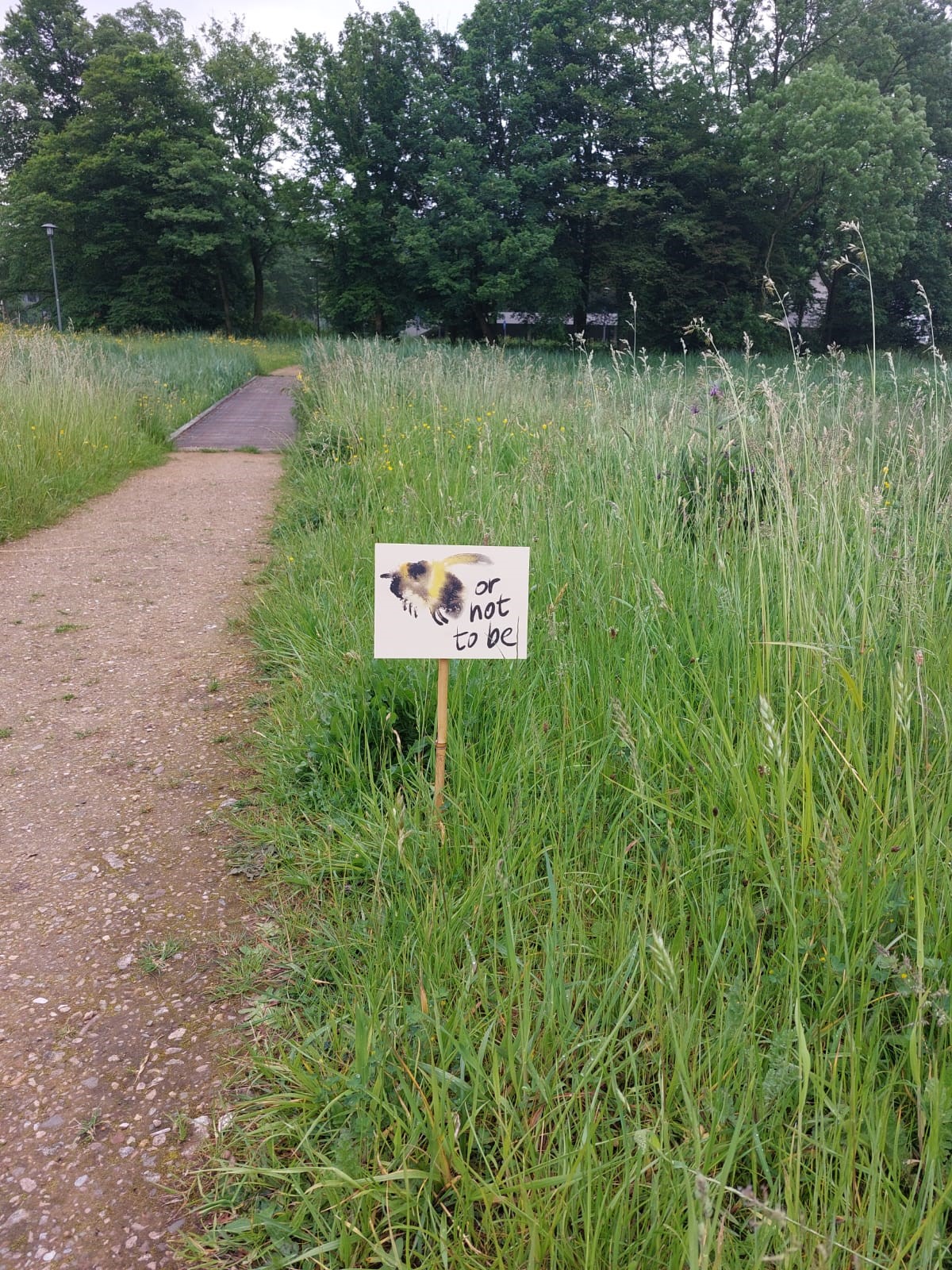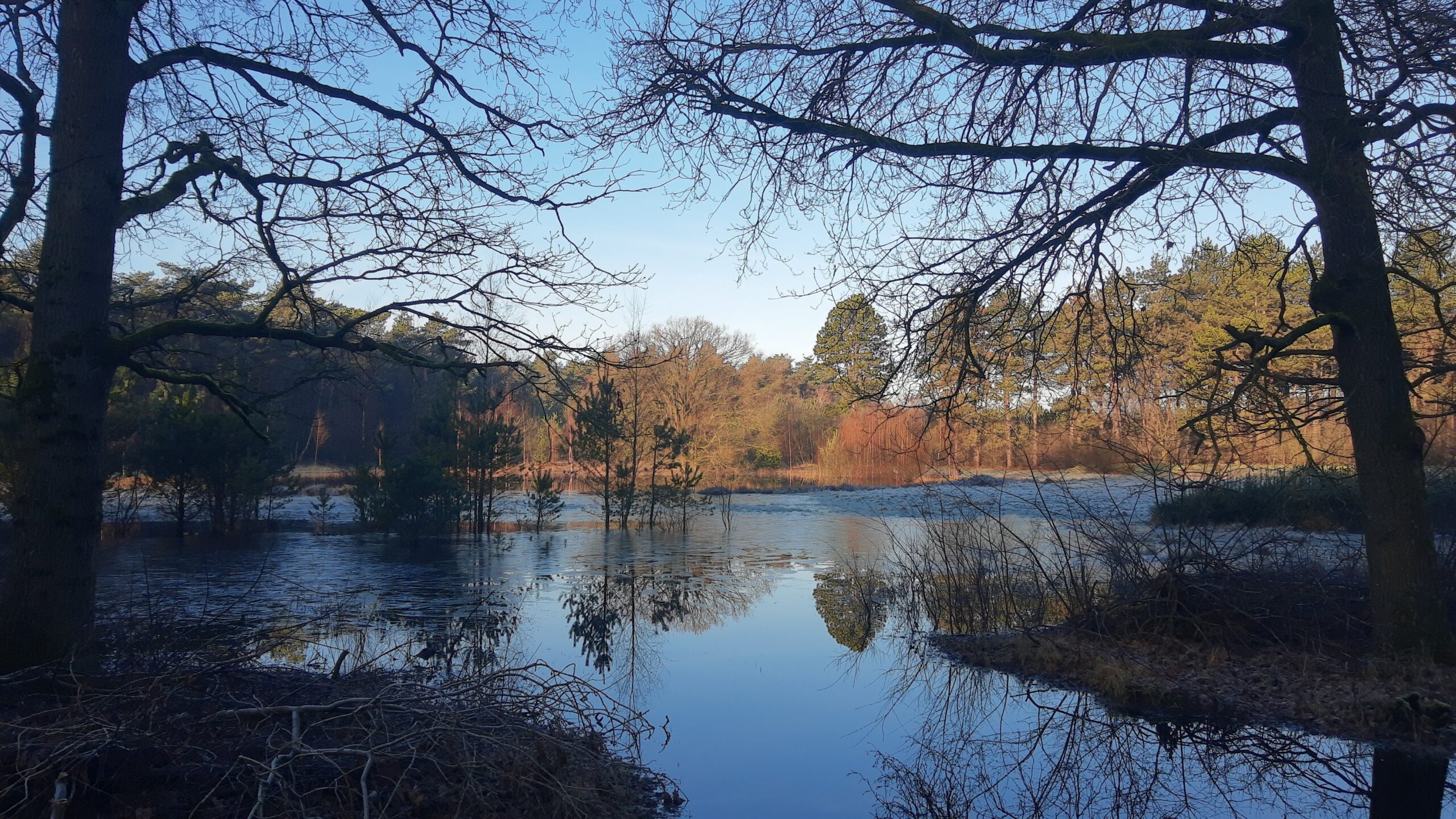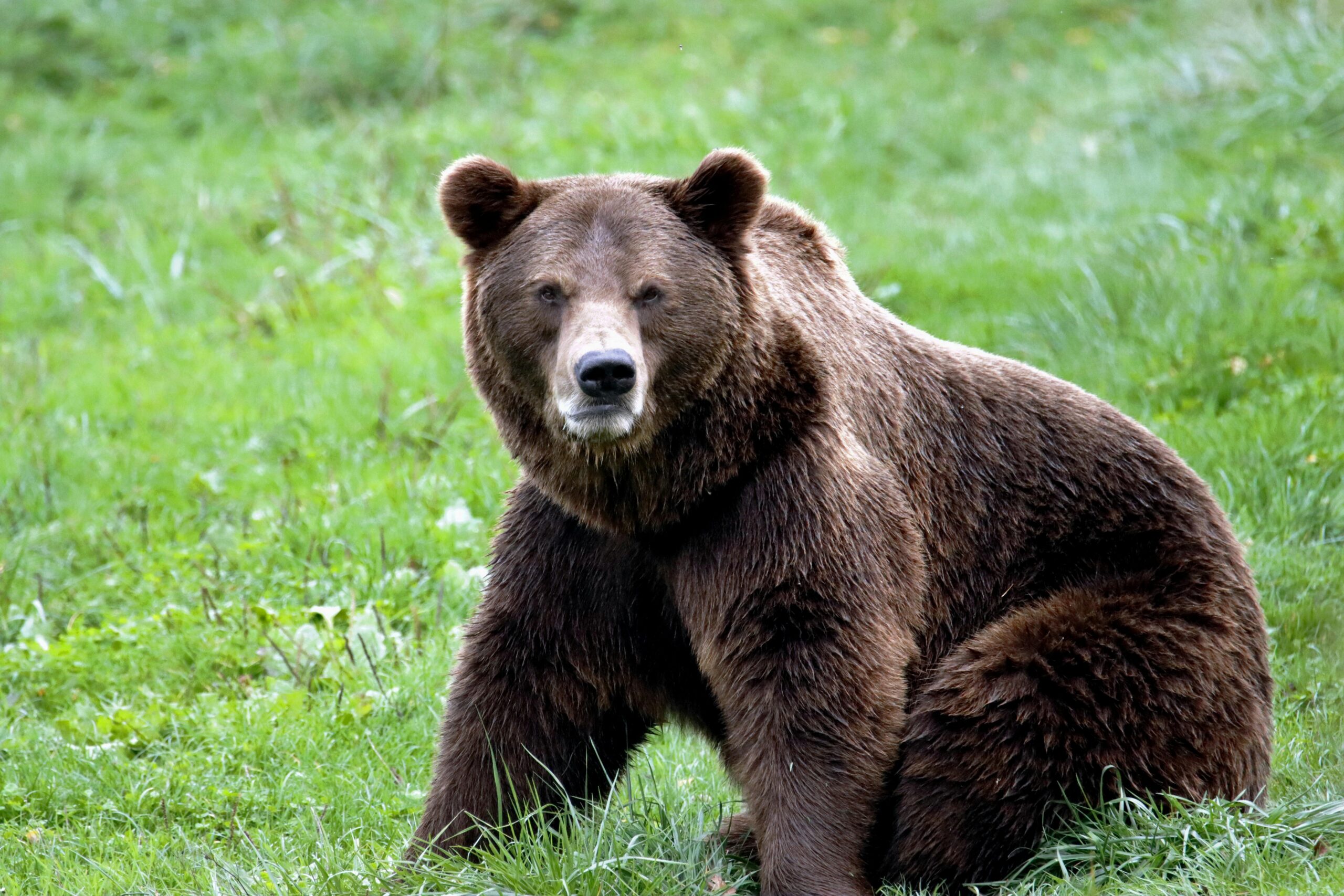As a young ecologist, I aimed to contribute to understanding the effects of biodiversity loss on ecosystem functioning by exploring an often-overlooked realm: underground ecosystems. My journey led me to the prestigious Jena Experiment, a large-scale, long-term grassland biodiversity study in Germany where effects of plant species richness on ecosystem functioning are studied. This opportunity allowed me to delve into the hidden interactions below the surface.
For nearly 30 years, I investigated various belowground interactions of plants. My research focused on competitive interactions among plant roots for essential nutrients and water, pathogenic interactions involving fungal pathogens and nematodes, and symbiotic relationships with arbuscular mycorrhizal fungi. Through these studies, I aimed to uncover the intricate secrets of biodiversity beneath our feet. Meanwhile, my colleagues explored a plethora of other organisms. They examined the impacts of biodiversity loss on pollinators, earthworms, herbivores like caterpillars and aphids, moles and other mammals, amoebas, bacteria, parasitic wasps and hyperparasitic wasps, butterflies etc. Remarkably, higher biodiversity consistently led to greater species richness and abundance, with one notable exception: weed populations declined in more diverse ecosystems. In addition to these cascading species interactions, numerous researchers within the Jena Experiment evaluated the influence of biodiversity on ecosystem functions. They investigated how biodiversity affected water penetration and retention, nitrogen cycling, phosphorus availability, carbon sequestration, and resilience to drought. The findings were clear: biodiversity consistently enhanced these crucial ecosystem functions.
A particularly poignant moment occurred one night when I received an urgent call. The water level in the river adjacent to our experiment was rising, threatening to destroy our research plots. However, once again, biodiversity demonstrated its value. The biodiverse plots suffered significantly less damage compared to monocultures. This experience underscored a profound realization for me: biodiversity is a matter of be-ing of humanity.
As a scientist, I have witnessed firsthand how vital biodiversity is for maintaining ecosystem stability and resilience. It is imperative that we cherish and protect biodiversity, rather than allow it to diminish. Biodiversity is not just a scientific concern but a fundamental aspect of our existence and well-be-ing. Therefore I call to action to accelerate the Green Deal, to allow us and future generations to be.


